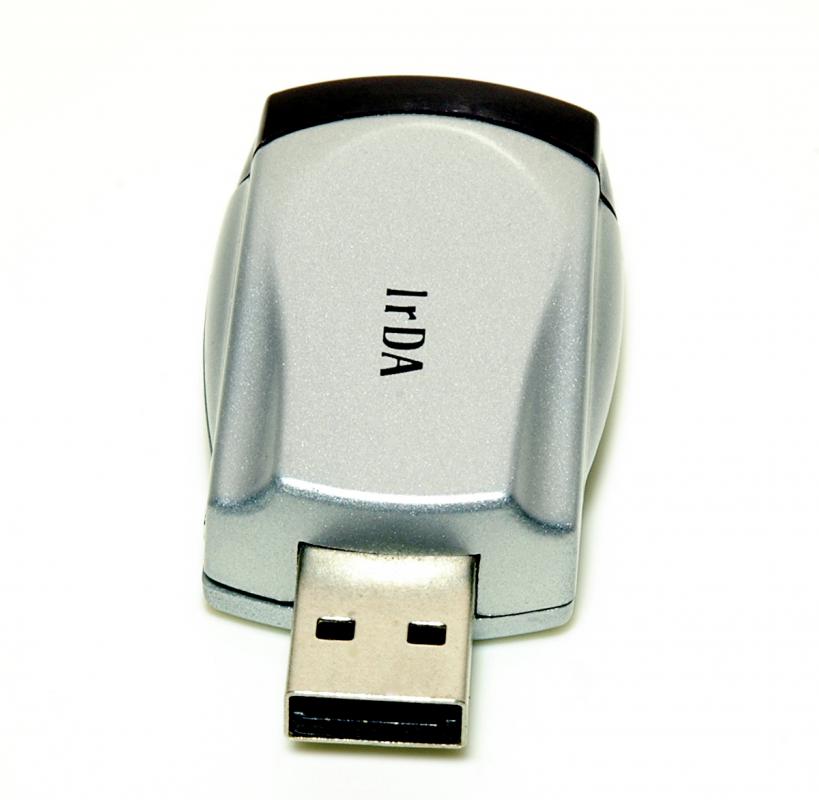At WiseGEEK, we're committed to delivering accurate, trustworthy information. Our expert-authored content is rigorously fact-checked and sourced from credible authorities. Discover how we uphold the highest standards in providing you with reliable knowledge.
How Do I Choose the Best Infrared Sensor?
Infrared sensor units are capable of emitting infrared light, which cannot be seen by the human eye, and are able to turn on devices when the infrared light is disturbed. Selecting an infrared sensor with an appropriate range will ensure the sensor covers the desired area so nothing can get around it. Infrared sensors can be mounted in either an outlet or a ceiling; both have their own advantages. White light can sometimes disturb the sensor, which may lead to problems, so it is best to get a sensor that is immune to this light. Sensors are hooked up to many different devices, such as burglar alarms and light switches, and the user should get the right sensor for the device.
Every infrared sensor has a certain operating range. The sensor will shine light as far as the specified range, and anything that gets close to the sensor will trigger a response. The best sensor will have enough range for the application. For example, a bathroom will need less range than an entire store, so the user should measure out the area and ensure the sensor can cover it.

When it comes to mounting an infrared sensor, there are two main mounting types: outlet and ceiling. Plugging the sensor into an outlet is the easiest mounting and is best for small areas; the common range of these sensors is about half that of a ceiling sensor. The ceiling sensor will require some wiring work to install, but this sensor usually has a better range and the sensor radiates light in an entire circle. The outlet version just radiates light in one direction.
During the day, especially if there is a window nearby, an infrared sensor may get confused and mistake white light for movement. This will cause the sensor to go off, along with any device connected to it. A sensor that comes with white light immunity will greatly reduce the chance of this happening and is best for areas where natural light will hit the sensor.
Infrared sensor units are typically made to work with one type of device. The most common devices are burglar alarms, lights and security cameras. They are made for a specific device, so the user should purchase one that works best for his or her intended application. Getting another type of infrared sensor may work fine, but this commonly leads to the sensor inaccurately activating.
AS FEATURED ON:
AS FEATURED ON:











Discuss this Article
Post your comments